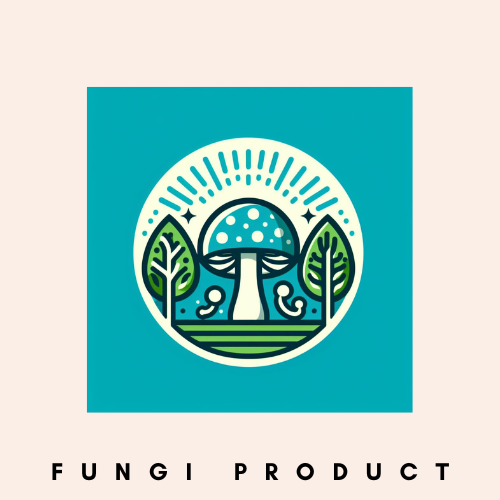Consider this: you’ve just received a new TV. As you unbox it, you’re immediately met with slabs of foam rubber meant to protect your precious cargo during transit.
Now, while these foam inserts are quite effective, they represent a more troubling issue:
they’re derived from petrochemicals and can linger in landfills for centuries.
More often than not, these traditional packaging materials, although practical, contribute
to a significant environmental burden. They’re not just occupying space on this planet far longer than we do, but their production also leaves a heavy carbon footprint.
How we package items, I think we can all agree, needs a rethink.
Enter mycelium. This is the root-like structure of fungi, and it’s becoming a game changer
in the world of packaging. Mycelium packaging solutions are cultivated using agricultural waste, which the mycelium consumes, and within days it can be grown into custom-shaped protective packaging. It’s like foam rubber’s eco-friendly cousin.
What’s fascinating about mycelium is its cushioning property, which provides similar, if not better, protection than foam rubber. The use of mycelium technologies is an impressive leap in innovation, proven by a growing number of companies that showcase its ability to safeguard products during shipping without harming the environment in the long run.
So, this isn’t just about replacing foam rubber. It’s also about charting a new course for sustainability. This concept paves the way for an incredibly impactful shift in how we approach packaging and, ultimately, environmental stewardship.
The Rise of Fungi in Everyday Products
From Silica Gel to Ecological Wine Dividers
Silica gel desiccants are a staple in protecting products from moisture damage. These small packets you find in shoe boxes or with new electronics are filled with silicon dioxide, a natural mineral known for its drying properties. While effective, the little beads can pose a risk, especially if cobalt chloride-coated versions end up in curious kids’ hands.
Maybe you’re wondering, ‘Is there a safer option out there?‘ Guess what? There is !
Enter the world of mycological marvels: the unassuming fungi are stepping up as a potential replacement for silica gel. Because they’re biodegradable and non-toxic, mycelium-based desiccants are making a name for themselves in the sustainable packaging industry.
Switching gears to another packaging commonality: those dividers keeping wine bottles safe during transport. Often made from plastic or cardboard, these serve their purpose but aren’t
the kindest to our planet. Some use wood, which is a step in the right direction, but mycological alternatives offer an even greener step.
Mycelium, the root structure of mushrooms, has a knack for growing into just about any shape and are proving to be a versatile substitute. They’re not merely eco-friendly; they’re strong and sturdy, protecting your precious cargo just as well as, if not better than, conventional materials. Moreover, once they’ve served their purpose, they can be composted, turning into nutrient-rich soil instead of ending up in a landfill.
The innovation doesn’t stop at replacing silica gel and plastic protective dividers,
t’s reshaping the entire concept of responsible packaging. This shift aligns perfectly with an increasing consumer demand for sustainable products. By choosing items packaged with mycelium, you’re directly contributing to a market that supports ecological balance and
resource conservation.
Fostering a Greener Future:
The Impact and Potential of Mycelium Packaging
I want to talk now about the exciting potential that unfolds when industries adopt mycelium packaging. This isn’t just about swapping out one material for another, it’s also about the significant environmental benefits that come with making sustainable choices.
Through various case studies, we’ve seen companies successfully integrate mycelium into their packaging, reaping both ecological and economic rewards.
You might be thinking, ‘That’s great, but what does it mean for me?’
Well, it’s simple. As consumers, every choice we make sends a message about the world
we want to live in. Choosing products that use mycelium packaging tells businesses that you value sustainability and innovation. It’s a powerful way to drive change.
Looking ahead, mycelium’s versatility suggests it has a bright future in packaging.
Researchers are working tirelessly not only to improve the material but also to make it more accessible and cost-effective. This transition to greener packaging isn’t a far-off dream,
it’s a tangible shift that’s happening right now.
So, my question to you today is, are you ready to join the movement?
By embracing mycelium packaging, you’re choosing a path that supports the planet’s health.
This is your chance to be part of a solution that leaves a lighter footprint on the earth – one package at a time. The more we advocate and opt for these solutions, the closer we’ll get to a truly sustainable future.
